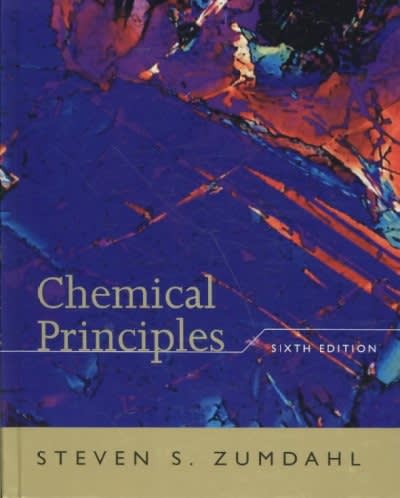Consider the equation (3 mathrm{~A}+mathrm{B} ightarrow mathrm{C}+mathrm{D}). You react 4 moles of A with 2 moles of
Question:
Consider the equation \(3 \mathrm{~A}+\mathrm{B} ightarrow \mathrm{C}+\mathrm{D}\). You react 4 moles of A with 2 moles of \(\mathrm{B}\). Which of the following is true?
a. The limiting reactant is the one with the higher molar mass.
b. A is the limiting reactant because you need 6 moles of \(\mathrm{A}\) and have 4 moles.
c. B is the limiting reactant because you have fewer moles of \(\mathrm{B}\) than \(\mathrm{A}\).
d. B is the limiting reactant because three A molecules react with each \(B\) molecule.
e. Neither reactant is limiting.
Justify your choice. For those you did not choose, explain why they are incorrect.
Fantastic news! We've Found the answer you've been seeking!
Step by Step Answer:
Related Book For 

Question Posted:





